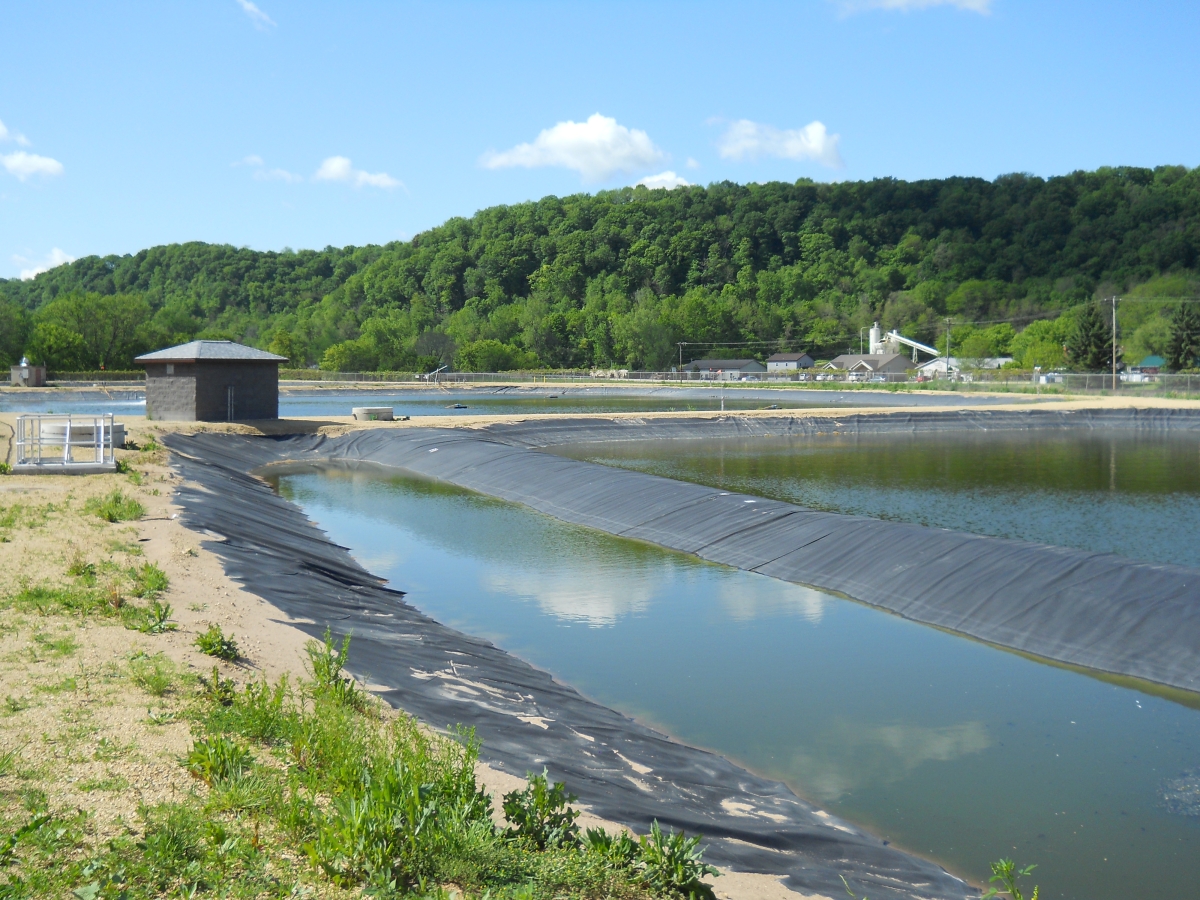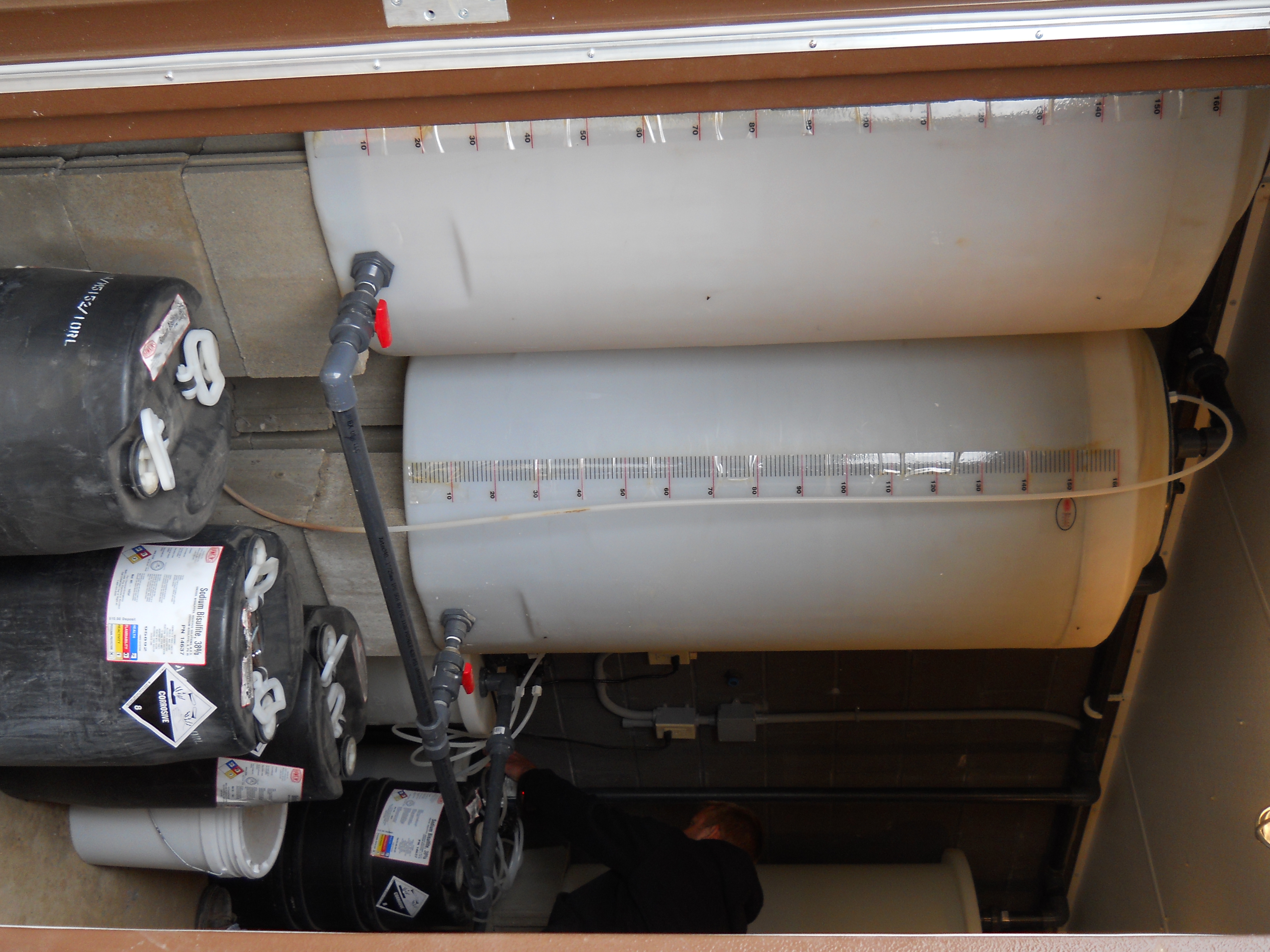Using a chlorination process in wastewater treatments reduces E. coli
E. coli, one of the most common pathogens found in domestic wastewater, can cause gastroenteritis. This bacteria, which often lives in the digestive system, are one of many pathogens that can contaminate drinking and surface water. However, most pathogens are difficult to measure directly. Instead, a pathogen indicator can help detect fecal contamination and determine the potential for illness. E. coli can serve as a pathogen indicator in drinking water and treated wastewater to measure the effectiveness of disinfection treatments.
The chlorination process in wastewater treatment is one of the most common ways to disinfect wastewater and eliminate pathogens such as E. coli. When added to wastewater, chlorine destroys a target organism by oxidizing its cellular material. Used as chlorine gas, hypochlorite solutions or in other solid or liquid compound forms, chlorine has a long history as an effective wastewater disinfectant. Some key benefits of the chlorination process in wastewater treatment include:
- Cost-effectiveness. Chlorination is cost-effective and typically has a lower cost than ultraviolet (UV) or ozone disinfection.
- Prolonged disinfection. The residual chlorine in wastewater effluent prolongs disinfection even after initial treatment.
- Flexible dosing. Flexible chlorine dosing allows plant operators to tailor disinfection to changing flow rates.
- Effectiveness for multiple types. Some wastewater treatment technologies tend to have higher suspended solids or turbidity in the treated effluent, which can shield pathogens and reduce the effectiveness of UV disinfection. Chlorine, on the other hand, remains effective across a wide range of effluent quality.
Below, we give an overview of the chlorination process in wastewater and explain how municipalities can improve the performance of chlorine disinfection systems by partnering with a team of wastewater engineers.
An overview of the chlorination process in wastewater treatment
There are several factors that affect the chlorination process in wastewater treatment, including:
- Wastewater characteristics. This includes hardness, pH, total suspended solids, Biochemical Oxygen Demand (BOD), ammonia, iron, nitrate and nitrite.
- Contact. Adequate contact time between pathogens and adequate chlorine concentration ensures optimal disinfection.
- Other factors. Other conditions that affect disinfection include temperature, alkalinity and nitrogen content.
The chlorination process in wastewater treatment uses chlorine in either liquid or gas form. Although chlorine dosage varies based on wastewater characteristics, it generally falls in the range of 5-20 milligrams per liter (mg/L). As chlorine solution mixes with wastewater effluent, it initiates a reaction with pathogens and destroys them.
However, post disinfection, the residual chlorine in the effluent can persist for several hours. Because chlorinated wastewater released into the environment can be detrimental to aquatic life, the wastewater must undergo dechlorination. This process removes free and combined chlorine residuals from the treated wastewater. It uses dechlorination chemicals such as sodium bisulfite, sulfur dioxide, activated carbon and sodium metabisulphite. Post-dechlorination, the total chlorine residual in wastewater is reduced to a level that is no longer toxic to aquatic life.
Chlorination and the dechlorination systems are complex to design and operate. Wastewater engineering experts can help plant owners and communities address these challenges.
Setting up a chlorine disinfection system for wastewater treatment
Chlorine gas is extremely hazardous. Because this gas causes respiratory, eye and skin irritation, the chlorination process in wastewater treatment requires significant safety measures. Chlorination systems also have complex operations and maintenance requirements.
To overcome the challenges of handling chlorine gas, many wastewater treatment plants are switching to a sodium chlorine solution. This liquid is much safer than chlorine gas. Design innovations can also improve chlorine disinfection systems' effectiveness. Some modifications that can improve the chlorination process in wastewater treatment include:
- Mixing the wastewater at the chlorine injection point followed by adequate detention time to assure complete disinfection.
- Deploying variable speed chemical pumps to maintain a constant chlorine dosage through a wide range of wastewater flows. This reduces the amount of chlorine needed because the dosage is not set for the worst-case scenario.
- Using chlorine analyzers to measure the chlorine concentration in the wastewater in real-time. This allows treatment plant operators to adjust the chlorine dose based on changing demand. They can adjust the dechlorination chemical dosage to supply only the amount needed to remove residual chlorine.
- Ensuring the chlorine solution is stored in a separate room away from metal and electrical components because off-gassing from the chlorine solution can accelerate corrosion.
The dedicated team of wastewater engineers at Fehr Graham helps communities update their wastewater infrastructure and modernize the chlorination process in wastewater treatments. We have improved chlorination systems by:
- Constructing chlorine feed system controls.
- Building chlorine contact tanks.
- Recommending design modifications.
- Providing liquid chlorine treatment solutions.
Our solutions minimize the effect wastewater has on surrounding bodies of water. We help municipalities find funds to bring wastewater treatment plant upgrades, including chlorination and dechlorination, within financial reach.
To learn more about how Fehr Graham can help you can help you increase the effectiveness of the chlorination process in wastewater treatment in your local WWTP, contact us or give us a call at 563.927.2060.
Collaborative, Insightful, Results-Driven Solutions
Fehr Graham provides innovative engineering and environmental solutions to help improve the lives and communities of our customers.



